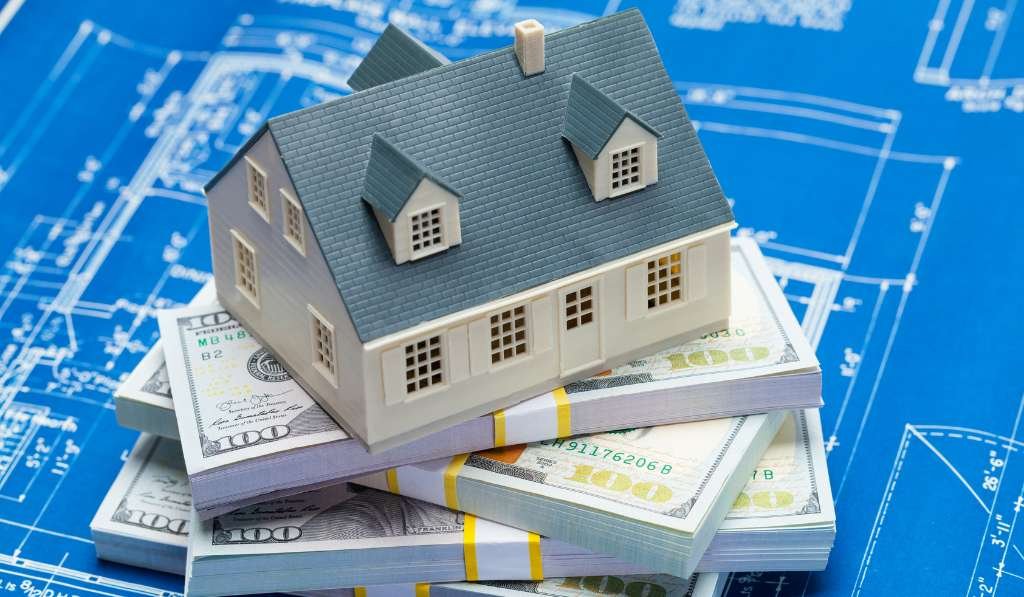Starting a home construction project is an exciting journey, but it requires thorough planning and precise budgeting. Knowing how to estimate home building costs is key to managing expenses and setting realistic expectations. Without a solid financial plan, the dream of building a custom home can quickly become a financial strain. Success begins with understanding the many components of home building costs, from labor and materials to permits and utilities. This guide breaks down each cost factor, equipping you with the knowledge. And confidence needed to approach your home-building project with clarity and control.
Knowing What to Take Into Account When Estimating Home Building Costs
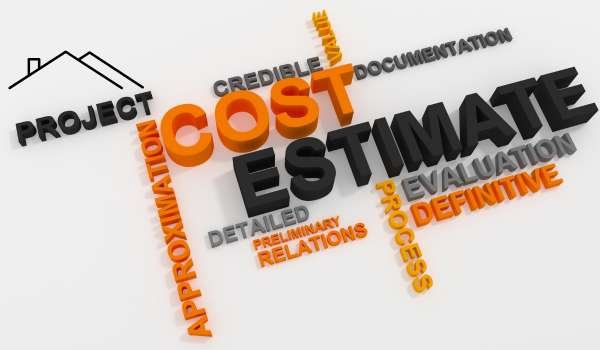
The cost of constructing a home includes several factors. That vary greatly depending on the location, design intricacy, and material quality. The cost of land, labor, building supplies, and required permissions are major cost issues. Furthermore, costs like preparing the site, connecting utilities, and completing the exterior. And inside may have a significant impact on the overall cost. You may create a more practical financial plan if you are aware of what each expenditure category comprises.
Dissecting the Fundamentals: The Importance of Cost Estimation
Aligning your vision with your financial capabilities is the goal of cost estimation, which goes beyond simple expenditure calculations. You may manage your expenditure and prevent unpleasant surprises by accurately predicting each component. Making smarter decisions, whether it’s changing the materials you choose. Or reconsidering the extent of design features, is made possible by a thorough estimate. Budgeting accurately safeguards your financial well-being and guarantees that you may enjoy the outcome to the fullest without feeling guilty.
Budgeting is the cornerstone of a successful construction project
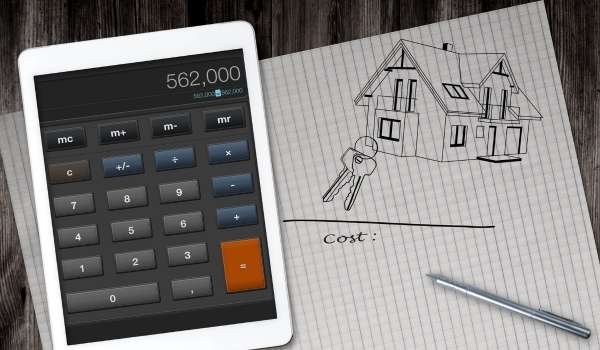
The foundation of every house building endeavor is creating a budget. A well considered budget offers a road map, defining goals and spending limits. Additionally, the budget acts as a point of reference for tracking expenses throughout the building process. In addition to being a spending plan, a sound budget aids in decision-making. By assisting you in determining where to spend money and where you may save.
Key Costs in Home Construction: A Summary
The kind, quality, and amount of materials used have a big impact on your budget. From foundational concrete to final finishes, every item adds to the overall cost. And costs vary greatly depending on the brand and quality. Because trained artisans like masons, carpenters, and electricians add both practicality. And aesthetic appeal to the structure, labor expenditures also make up a significant amount. Ignoring legal requirements and permissions.
Which include a variety of permits and inspections—can result in penalties, delays, or even destruction. These are essential for guaranteeing adherence to local construction rules. In order to avoid future structural problems, land preparation often include excavation, grading. And clearing in addition to installing a foundation.
Finding the Land Cost: It’s Not Just the Purchase Price
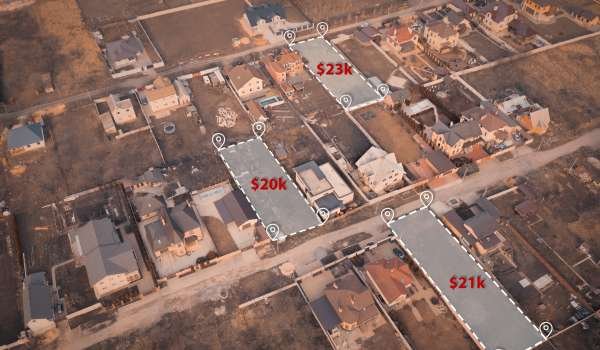
Location-Related Considerations
Land prices in rural, suburban, and urban locations vary significantly. While rural places sometimes need more effort, including laying up utilities. Urban plots may have cheaper preparation costs but higher land prices.
property Prep
When calculating the true cost of the property, clearing, grading, and foundation preparation costs are crucial. By taking these first measures, the ground is guaranteed. To be secure, stable, and capable of supporting the weight of the house.
Calculating Building Expenses by Type of Home
Prefabricated vs. Custom Homes
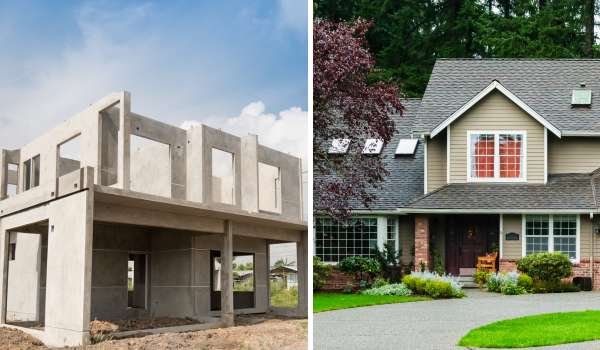
Although they may be fully customized, custom houses are sometimes more expensive than prefabricated ones. Because of their quick and easy construction, prefab houses might be inexpensive. But they might not provide you as much creative freedom.
Single-story vs. multi-story homes
The cost of materials and labor depends on the design of your house. Although multi-story houses may need less land, they sometimes come with higher costs for safety compliance and structural support.
Including Special Features
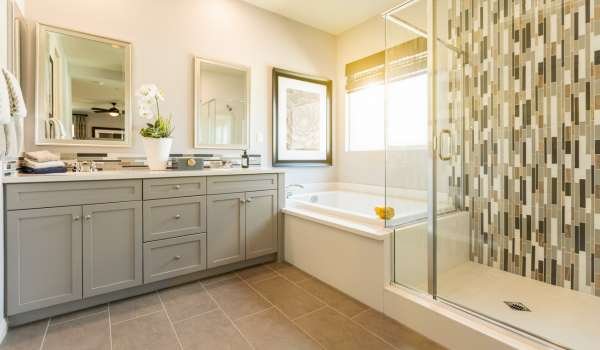
Although they cost more, luxury features like bespoke lighting and heated flooring improve the home’s appearance. These characteristics have a big financial effect. And should only be taken into account if they complement your long-term lifestyle objectives.
Dimensions Are Important: How Cost Is Determined by Square Footage
Calculating the Price Per Square Foot
Cost per square foot is sometimes the industry norm for construction expenses. Although it offers a starting point for budgeting, calculating by square footage. May change based on the finishes and materials used.
Comparing Square Footage for Interior and Exterior Spaces

While outside spaces like patios and decks may be less expensive per square foot, they still have an impact on total expenses. Interior square footage is usually more expensive because of finishes.
Selection and Quality of Materials
When choosing between basic, mid-range, and high-end materials, keep in mind that the former give utility at a reasonable cost, the latter strike a compromise between cost and durability, and the latter bring luxury and longevity at a hefty price tag.
Sustainable Building Materials
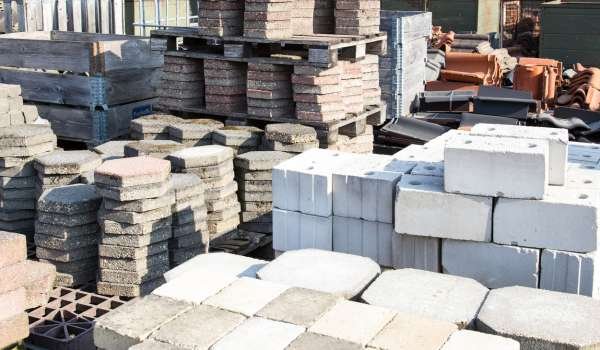
Using environmentally friendly materials may reduce environmental effect and save money over time. Although they are sometimes more expensive up front, sustainable choices save energy expenses and increase resale value.
The Effect of Sourcing on Cost Local vs. Imported Materials
Materials that are supplied locally boost local economies and save shipping expenses. Although imported materials could provide distinctive styling, shipping costs and possible customs might significantly increase your budget.
Labor Expenses: Important Things to Think About

Although they charge more, general contractors have a network of competent personnel and expertise. Although do-it-yourself methods save money, they need skill, patience, and a willingness to take risks. The construction process depends heavily on skilled crafts like carpenters, plumbers, and electricians. Every transaction raises the finished home’s worth and guarantees that it satisfies functional and safety requirements. The timing of construction projects may have an impact on labor costs, since hourly rates often increase during peak seasons. While building in off-peak months may result in reduced costs, project schedules may also be longer.
License and Permit Fees: Unexpected but Necessary Expenses
Inspections, zoning permits, and building permits are all crucial steps in the construction process, and their prices vary according on project size and local laws. In order to ensure that projects meet community standards, local zoning regulations have an impact on construction criteria including building height and lot borders. Frequent inspections are carried out to confirm adherence to safety regulations, which raise project costs but are essential for maintaining structural integrity over time and preventing expensive fines in the future.
Infrastructure and Utility Connections

Being close to main lines determines how much it costs to connect utilities like gas, electricity, and water; rural locations usually pay more to extend these services. Similar to this, septic systems—which are often more expensive to establish than urban sewer connections—are frequently needed for waste disposal in rural locations. Budget is also impacted by necessary infrastructure improvements like driveways, sidewalks, and fences, where material selections have an impact on both cost and appearance.
Overall prices are also impacted by design choices; basic designs expedite approval procedures, while custom or distinctive architectural styles might result in significant cost increases because of specialized materials and requirements. Furthermore, the cost of interior design components like flooring, worktops, and finishes varies greatly; expensive options raise the value of a home but must be carefully considered.
Calculating the Cost of Exterior Finishes

Although more expensive than asphalt shingles, roofing options like metal or tile are more long-lasting and have a big influence on the home’s cost and look. In a same vein, external features like siding provide curb appeal and protection, while more expensive additions like trim and shutters provide individuality. Although they increase home value, outdoor living areas like patios, decks, and landscaping need their own financial planning. Energy-efficient renovations like solar panels, insulation, and specialty windows provide long-term savings despite high upfront costs, while integrating unique features like smart home automation increases convenience but increases initial expenditures.
Although they improve lifestyle, luxury additions like outdoor kitchens, hot tubs, and pools have high construction and upkeep expenses. It is crucial to set aside money for unanticipated circumstances, such as weather delays or structural shocks. To protect the budget and guarantee continuity, a 10–15% contingency is advised. While mortgages combine costs but often limit contractor and timetable choices, financing solutions such as construction loans, albeit having higher interest rates, cover upfront expenditures. Although it requires careful saving, do-it-yourself financing lowers interest costs and encourages financial independence.
Controlling Expenses: Strategies to Prevent Budget Overruns
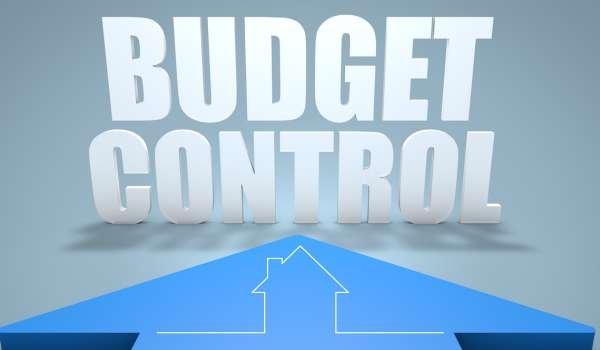
A smoother construction process is ensured by effective communication with contractors, which lowers cost shocks and decreases misunderstandings. Technology, such as monitoring software and budgeting applications, may be used to closely monitor spending and keep the project under budget. Additionally, keeping an eye on material pricing and purchasing in bulk when practical may result in considerable cost savings over the long run.
Comparing Prices: Regional Variations in the Cost of Building a Home
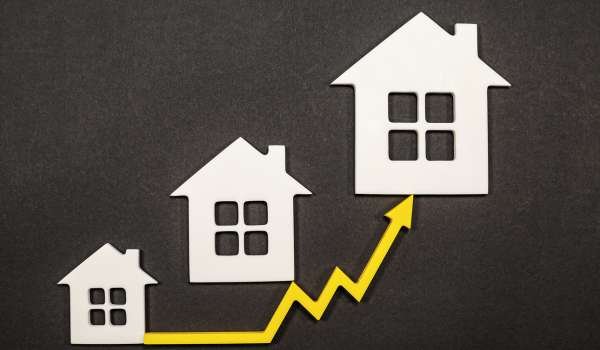
Regional economic considerations are the main cause of state-by-state variances in construction expenses, which in turn affect labor rates, permit fees, and material pricing. Although picking a cheap site for construction will save money up front, it’s crucial to take long-term aspects like nearby facilities and possible resale value into account to make sure the investment will pay off in the long run.
Time vs. Money: How Building Costs Are Affected by the Timeline
Because faster timelines sometimes call for more personnel and speedier resources, cutting the construction timeframe might result in higher labor and material expenditures. On the other hand, longer timelines increase the possibility of labor and material price changes, which over time may result in unforeseen expenses. The financial effect may be lessened by being proactive in anticipating any delays, whether they are brought on by supply chain problems, bad weather, or unanticipated difficulties. Implementing contingency planning eases the financial burden and keeps the project moving forward, enabling more seamless development without causing unanticipated cost increases or schedule disruptions.
Learn more : How Much Does Building A Home Cost
Final Cost Analysis and Modification
Because faster timelines sometimes call for more personnel and speedier resources, cutting the construction timeframe might result in higher labor and material expenditures. On the other hand, longer timelines increase the possibility of labor and material price changes, which over time may result in unforeseen expenses. The financial effect may be lessened by being proactive in anticipating any delays, whether they are brought on by supply chain problems, bad weather, or unanticipated difficulties. Implementing contingency planning eases the financial burden and keeps the project moving forward, enabling more seamless development without causing unanticipated cost increases or schedule disruptions.
